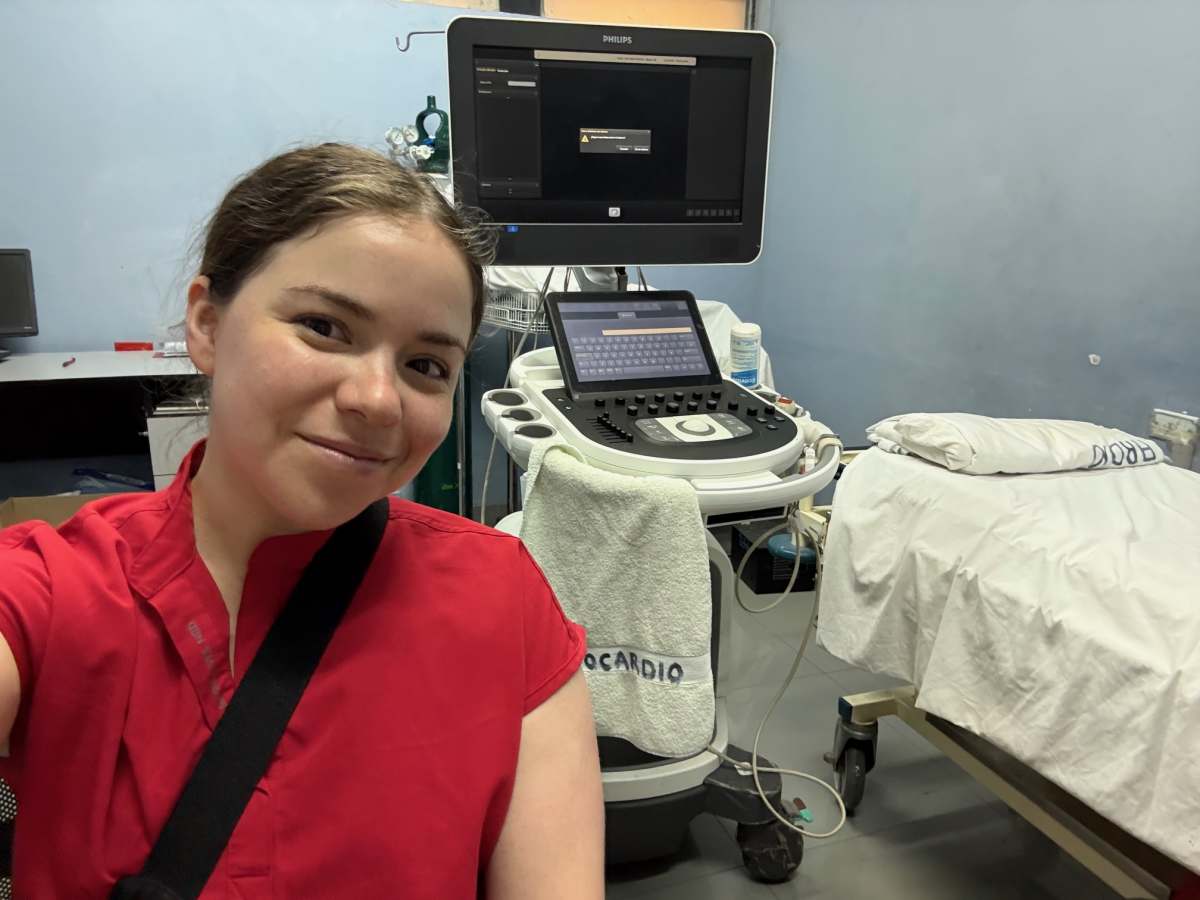I will be joining the largest teaching hospital in Peru, where I will contribute to the care of children with complex congenital heart disease in a low-resource setting. I will be working alongside local cardiologists to learn about the local healthcare system and practices. I will participate in consults and take care of patients admitted to the hospital, as well as clinics. Additionally, I will have the opportunity to teach residents and medical students about the complexities of congenital heart disease. As a native Spanish speaker and Latina, I am uniquely positioned to connect with this population, enhancing the quality of care provided and addressing the health disparities they face.
The Hospital Nacional Cayetano Heredia in Peru serves a diverse population, primarily focusing on providing medical care to underserved and vulnerable groups. Located in Lima, it is one of the largest and most prestigious teaching hospitals in the country. The hospital caters to individuals from various socio-economic backgrounds, but its primary focus is on those from low-resource settings who may not have access to specialized healthcare otherwise.
The hospital serves a significant portion of the population facing health disparities, including children, low-income families, and marginalized communities, particularly in areas with limited access to high-quality medical services. As a major center for teaching and research, it also plays a crucial role in training healthcare professionals to address the unique needs of these populations, with a special focus on the care of individuals with complex medical conditions, including congenital heart disease.
The impact of my work at Hospital Nacional Cayetano Heredia will be significant. By contributing to the care of children with complex congenital heart disease, I aim to improve healthcare access for a vulnerable population. In this low-resource setting, my efforts will directly address health disparities and ensure better outcomes for these children.
Additionally, I will teach residents and medical students about congenital heart disease. This will help build local capacity, enabling future healthcare professionals to manage such conditions more effectively. Leaving a lasting impact and helping Peru continue to build its workforce by promoting interest in early-career health professionals. Also, creating a lasting partnership between the Hospital Cayetano Heredia and the University of Utah, my home hospital, can foster future collaborations, both clinical and research, to continue to improve health outcomes.
Upon my return, the knowledge gained will be shared with colleagues and integrated into my practice. This will help improve care in other underserved areas. I will also apply the lessons learned in resource-limited settings to inform my work back home and continue mentoring future healthcare providers, advancing education, and addressing global health disparities.








During my pediatric cardiology rotation in Lima, Peru, the most immediate impact was on the children and families we served. Many of the patients came from underserved communities with limited access to specialized cardiac care, and being part of a team that provided diagnostic support, patient education, and compassionate care meant that we were not only addressing medical needs but also offering hope. Some parents told the stories of their 2 day bus ride to get to their appointments.
In addition, the local healthcare staff and medical students I worked alongside were also impacted through the exchange of knowledge and collaborative learning. We shared different approaches to care and problem-solving, strengthening both their and my understanding of global pediatric cardiology practices.
Finally, I, too, was deeply impacted. Immersing myself in a different healthcare system, adapting to resource limitations, and building relationships across language and cultural barriers shaped my perspective on equity in healthcare and reaffirmed my commitment to serving vulnerable populations.